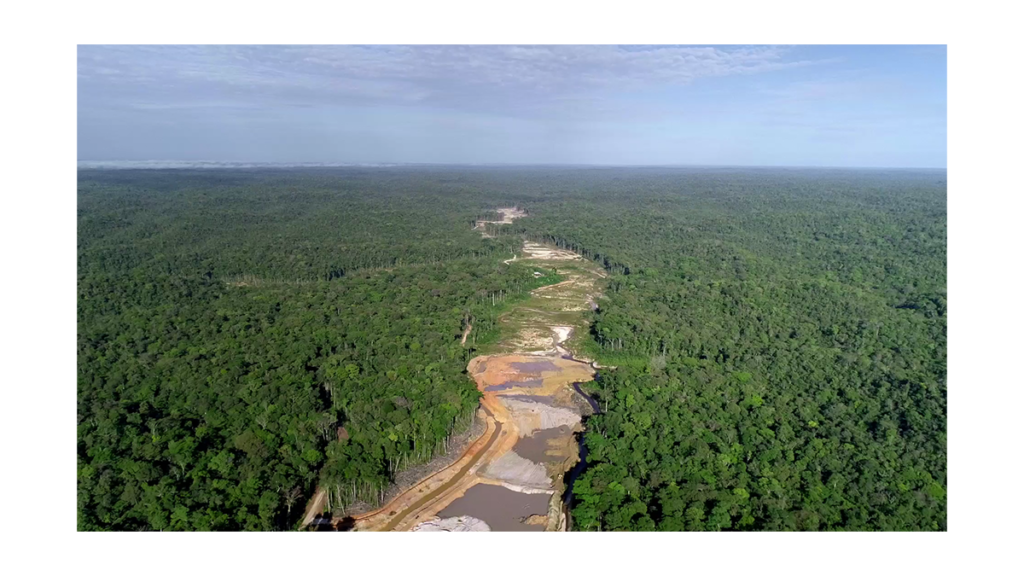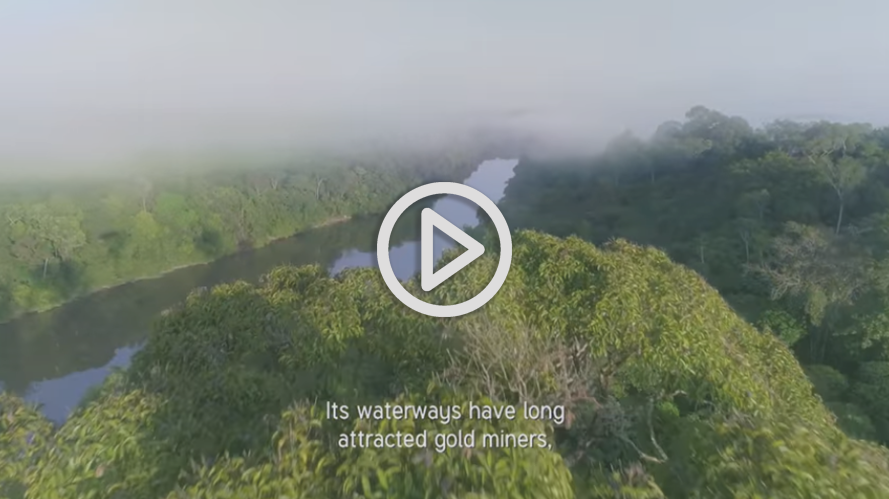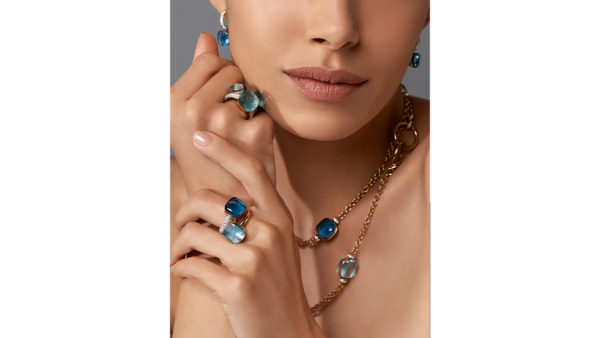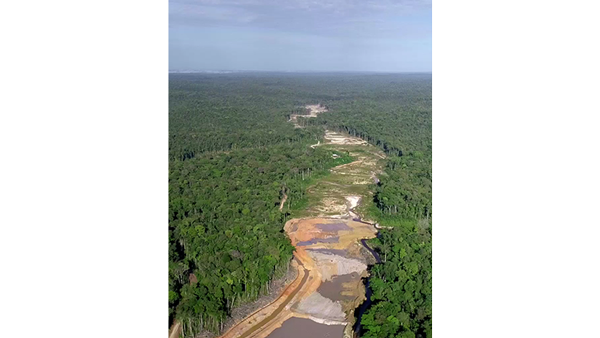“Sustainability has become essential”
A journalist and historian specializing in High Jewelry, Vincent Meylan is the author of several books about the history of precious stones. In this interview, he shares his views of how sustainability issues have developed in the jewelry sector, along with their impact on the activities of Houses and the expectations of their clients.

What’s your assessment of the growth of sustainability issues in the jewelry sector?
Vincent Meylan: Sustainability has become essential today, but it is actually a relatively recent phenomenon within the Jewelry sector. Ethical and environmental issues only really became significant at the end of the 20th century. For a long time, the mining of precious stones had been a byword for exploitation and abuse. But real progress was achieved, particularly in terms of the working conditions in producer countries and the impacts on local environments. Diamond mining has created many jobs, notably for women who previously had limited access to paid work, and also contributed to the economic development of regions that historically has been disadvantaged. The Natural Diamond Council (formerly the Diamond Producers Association) estimates salaries in the diamond sector are about 70% higher than the median, on average.
Do colored stones have the same challenges as diamonds?
The diamond market is more advanced on the issue of traceability because it is very centralized, mainly because of the quasi-monopoly of the De Beers company in South Africa from the end of the 19th century to the 1970s. Traceability in the diamond circuit has increased considerably as a result of the Kimberley Process (2000) and the creation of the Responsible Jewellery Council in 2005. It’s a somewhat different situation for colored stones, as it depends on the country and the political situation. Traceability is more complex because the extraction of colored stones involves around 60 countries and 80% of the work is carried out by artisan miners. What’s more, every type of colored stone has its own supply chain, which means it’s not easy to find a solution that works at a sector-wide scale… However, that situation is also changing. Sri Lanka is a good example of a positive development in mining and transformation practices for colored stones. By banning the mechanized mining of precious stones, the country has been able to limit the impact on the environment – reducing the depth, filling in a mine once a seam has been exhausted, etc.
Local people are very much involved in this, since owners, miners and traders all benefit from the mines. What’s more, applying these measures has also had an impact on the quality of the seams. For a long time, the use of explosives (particularly in South American emerald mines) led to these seams being fractured. That said, let’s be clear – in other regions, the situation is far less clear. And in some cases, Houses are simply unable to create a sustainable supply chain, and therefore have to stop sourcing from certain countries.
How has sustainability changed the way Houses operate?
All jewelry Houses are aware of their duty to transparency and their role in improving the sector’s practices. The main improvement has been in terms of traceability, which is the core issue. Together, the development of certified sustainable sourcing – especially for gold and diamonds – and the introduction of codes of conduct for partners and suppliers have led to continuous progress at every stage of the production process (extraction, transformation and marketing). The commitment shown by Houses has also led to improvements in terms of human rights, workers’ rights, environmental impacts and business ethics. And we mustn’t forget that recycling is a common activity in the jewelry sector. Every year, auctions are held around the world and tens of thousands of jewel items are dismantled and the stones reused. A precious stone never wears out. Once it has been produced, it can be reused for millennia!
What about the expectations of clients in terms of sustainability?
First of all, we need to highlight the fact that buying jewelry, more than other items, is rarely a purely rational decision. A jewel is an exceptional material created by nature, and then transformed by human hand into an even more beautiful object of desire – for whoever acquires it… So, the act of purchasing is equally exceptional, not only because of the price, of course, but also because of the dazzling effect it creates and the magic that it contains. That said, the demand for traceability and transparency among clients has certainly increased over the last few years.

Sustainable gold,
unspoilt nature
In French Guiana, Kering is supporting a pioneering project: the 100% reforestation of a mining site where gold extraction is carried out without mercury or chemicals.



